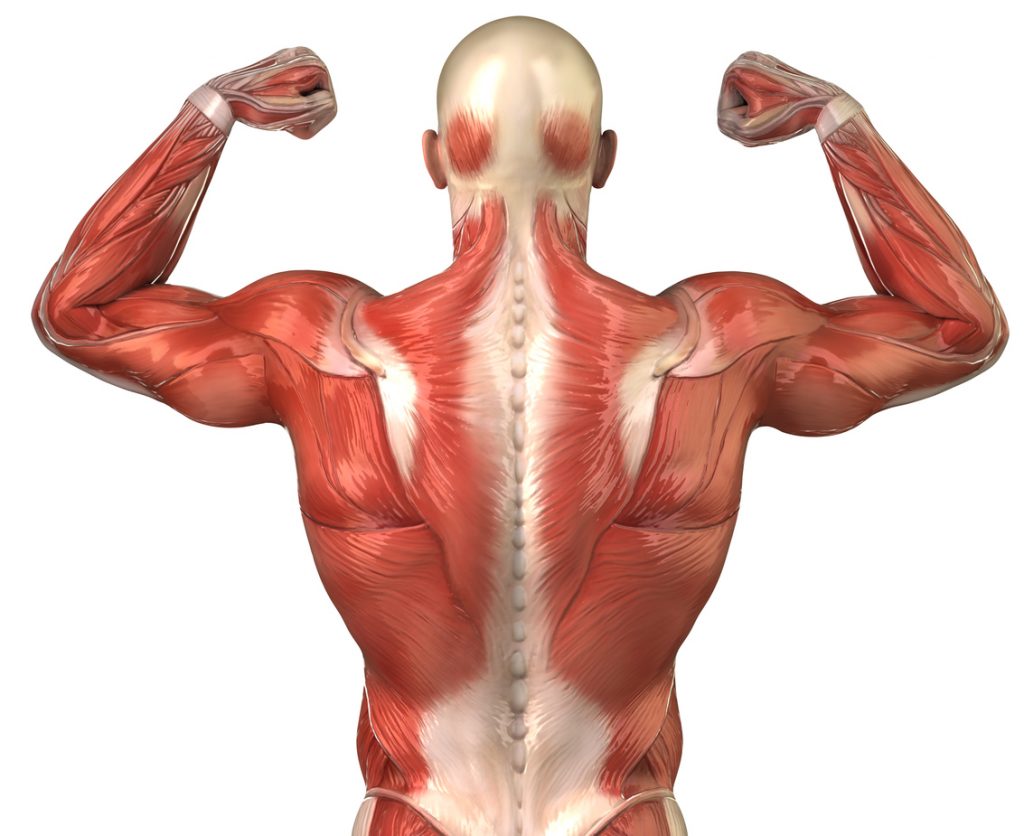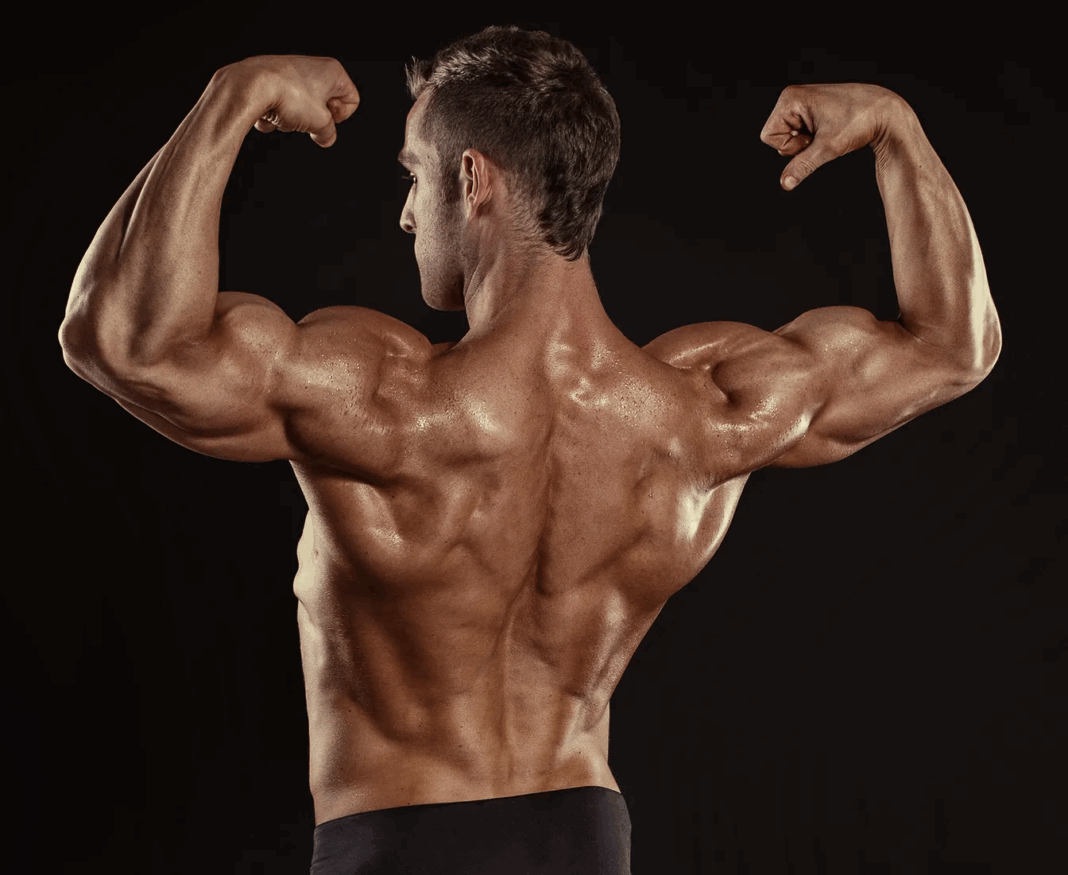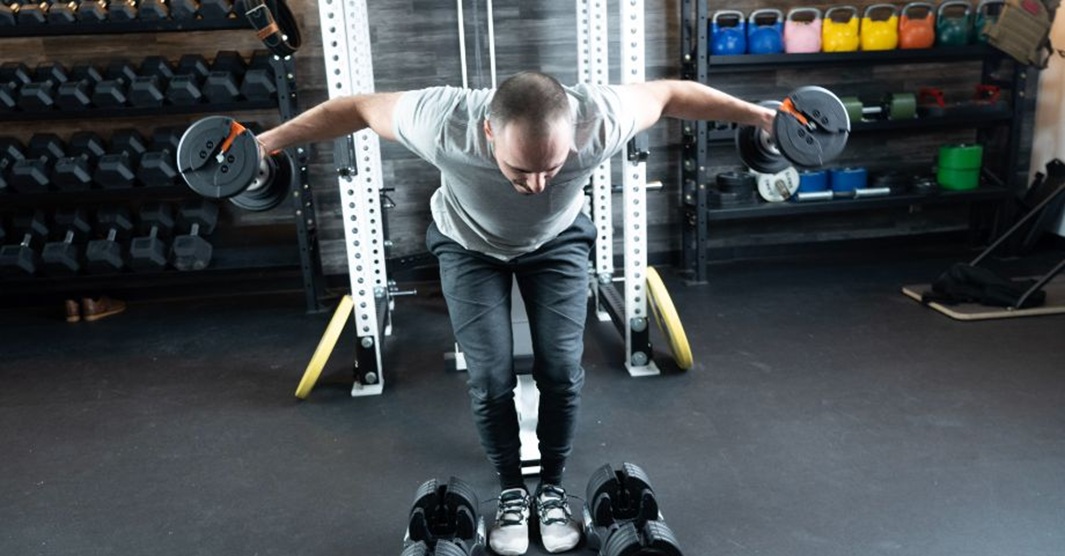Back Muscle Anatomy Explained: Lats, Traps, Rhomboids, and More
Understanding the muscles you’re training is the key to real results. You wouldn’t build a house without a blueprint—so why train your back without knowing what it’s made of?
The back is one of the largest and most complex muscle groups in the body, made up of layers and segments that contribute to width, thickness, posture, and power.
This guide breaks down back muscle anatomy in clear, practical terms—so you can train smarter, isolate muscles more effectively, and build a back that’s both strong and well-proportioned.
Why Back Anatomy Matters in Training
Back training isn’t just “pull hard and hope it grows.” If you want to:
- Fix imbalances
- Build both width and thickness
- Avoid shoulder injuries
- Improve strength in pressing and pulling movements
…you need to understand which muscles do what, and how to target them.
Each muscle in your back has a specific function. By aligning your exercise selection with muscle function, you get better activation, more hypertrophy, and better form.
Primary Muscles of the Back
Here’s a breakdown of the major back muscles, what they do, and how to train them.
-
Latissimus Dorsi (Lats)
Nickname: “Wings”
Function:
- Shoulder extension (pulling the arms downward and back)
- Shoulder adduction (bringing the arms toward the body)
- Internal rotation of the shoulder
Location:
- Runs from the spine and pelvis up to the humerus (upper arm bone)
- Gives the V-taper shape and upper body width
Best Exercises:
- Pull-ups / Chin-ups
- Lat Pulldowns
- Straight-Arm Pulldowns
- Dumbbell Pullovers
- One-Arm Lat Pulldowns
-
Trapezius (Traps)
Sections:
- Upper traps – elevate the scapula (shrugging)
- Middle traps – retract the scapula (pulling shoulder blades together)
- Lower traps – depress and stabilize the scapula
Function:
- Controls scapular movement
- Supports posture
- Plays a role in heavy pulling and pressing
Best Exercises:
- Shrugs (Barbell or Dumbbell)
- Face Pulls
- Upright Rows
- Rack Pulls
- Y-Raises or Trap 3 Raises
-
Rhomboids (Major and Minor)
Function:
- Retract the scapula (pull shoulder blades together)
- Assist posture and shoulder stability
Location:
- Between the shoulder blades, underneath the traps
Best Exercises:
- Seated Cable Rows
- Face Pulls
- Rear Delt Flys
- Reverse Pec Deck
- T-Bar Rows (with scapular retraction)
💡 Note: Rhomboids often get worked alongside the middle traps but deserve specific attention for posture correction and upper back definition.
-
Erector Spinae (Spinal Erectors)
Function:
- Extend the spine (stand up straight from a bent position)
- Maintain upright posture
- Stabilize the back during lifts
Location:
- Runs vertically along each side of the spine, from the lower back up to the neck
Best Exercises:
- Deadlifts
- Romanian Deadlifts
- Back Extensions
- Good Mornings
- Rack Pulls
💡 Tip: While these muscles are often trained isometrically (e.g., holding posture in deadlifts), adding dynamic work like hyperextensions helps hypertrophy.
-
Teres Major & Minor
Function:
- Assist in shoulder adduction and extension
- Support lat function
- Stabilize the shoulder during pulling motions
Location:
- Small muscles between the scapula and upper arm, just above the lats
Best Exercises:
- One-arm Dumbbell Rows
- Cable Pullovers
- High-to-Low Cable Rows
- Face Pulls with External Rotation
-
Posterior Deltoid (Rear Delt)
Function:
- Shoulder extension and horizontal abduction
- Assists in rowing and pulling movements
- Stabilizes shoulder joint
Location:
- Back side of the shoulder (deltoid head)
Best Exercises:
- Rear Delt Flys (Dumbbell or Cable)
- Reverse Pec Deck
- Rear Delt Rows
- Incline Rear Delt Raises
- Face Pulls
💡 Note: Though technically part of the shoulder, the rear delts are critical to upper back aesthetics and posture.
Functional Anatomy: Width vs. Thickness
Let’s break it down visually:
| Training Goal | Target Muscles | Movement Focus | Key Exercises |
| Back Width | Lats, Teres Major | Vertical Pulling | Pull-ups, Pulldowns, Pullovers |
| Back Thickness | Traps, Rhomboids, Erectors, Rear Delts | Horizontal Pulling | Rows, Deadlifts, Shrugs |
This is why a complete back workout includes:
- At least one vertical pull
- One or more row variations
- A movement for erector spinae/lower back
- Isolation for rear delts and middle traps
How to Use Anatomy to Improve Your Back Training
✅ Choose Exercises Based on Function, Not Hype
Rows aren’t always “just rows.” For example:
- A chest-supported row with elbows tucked hits the lats
- A high row with flared elbows hits rhomboids and rear delts
Match your exercise angle and grip to the muscle you’re targeting.
✅ Balance Pulling Planes
Use both:
- Horizontal pulls (rows) for thickness
- Vertical pulls (pull-ups, pulldowns) for width
Avoid over-relying on one or the other.
✅ Include Isolation for Neglected Areas
- Face Pulls for traps and rear delts
- Straight-arm pulldowns for lats
- Back extensions for erectors
Compound lifts are powerful—but isolation builds detail and balance.
Sample Back Workout Based on Muscle Anatomy
🔹 Anatomy-Based Back Builder (Intermediate)
- Pull-Up (Wide Grip) – 4 sets x 8 reps
Primary: Lats, Teres Major - Barbell Row – 4 sets x 10 reps
Primary: Rhomboids, Middle Traps, Rear Delts - Chest-Supported Incline Dumbbell Row (Elbows Flared) – 3 sets x 12
Primary: Rear Delts, Upper Traps - Straight-Arm Cable Pulldown – 3 sets x 15
Primary: Lats, Teres Major - Romanian Deadlift – 3 sets x 10
Primary: Erector Spinae - Face Pulls – 3 sets x 20
Primary: Rear Delts, Traps
Common Mistakes When Training the Back
🚫 Neglecting Rear Delts and Rhomboids
Overdeveloped lats and front delts with weak posterior delts = shoulder issues and imbalance.
🚫 Poor Range of Motion
Half reps mean half activation. Let the scapulae move through their full path—especially in rows and pulldowns.
🚫 Too Much Momentum
Jerking weights shifts tension to joints and larger muscles (like biceps), robbing smaller back muscles of growth.
🚫 One-Dimensional Training
Just doing pull-ups or just rows isn’t enough. The back is layered—your training should be, too.
Key Takeaways: Train Your Back Like a Pro
If you want a complete back that’s strong, wide, thick, and balanced, you need to train with anatomy in mind. Here’s the recap:
- Lats = width → vertical pulls and shoulder extension
- Traps, Rhomboids, Erectors = thickness → rows, shrugs, deadlifts
- Rear delts = symmetry and stability → isolation work and flared-row variations
- Use a balance of compound and isolation work
- Program with variety of angles, grips, and planes of motion
Smart programming + anatomical focus = next-level results.
🔗 Related Reads:
- Rear Delts Are Holding You Back: How to Train the Most Ignored Back Muscle
- The 10 Best Exercises for a Wider Back
- How to Build a Thick Back: Rowing Movements That Add Density





